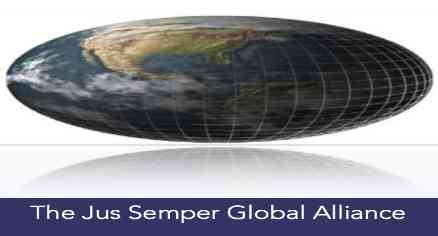John Bellamy Foster and Brett Clark C. Wright Mills famously said, “the immediate cause of World War III is the preparation of it.” The United States, facing the demise of its global hegemonic imperialism, is not only preparing for a Third World War; it is actively provoking it. There are signs, however, that a mass anti-imperialist movement is again emerging in the United States and in the other countries of the imperial core of the capitalist world economy, beginning with the Free Palestine movement in response to Israel’s genocidal war in Gaza supported by Washington. The world movement today must be anti-imperialist, anticapitalist, antiwar, and ecological. Since the alternative is global exterminism, it is a struggle that only humanity can win.
For a full read of this essay, click here or on the picture to download the pdf file.
|

- © The Jus Semper Global Alliance
| Home |  | Resources |  | Democracy Best Practices |  | Imperialism in the Indo-Pacific — An Introduction |


